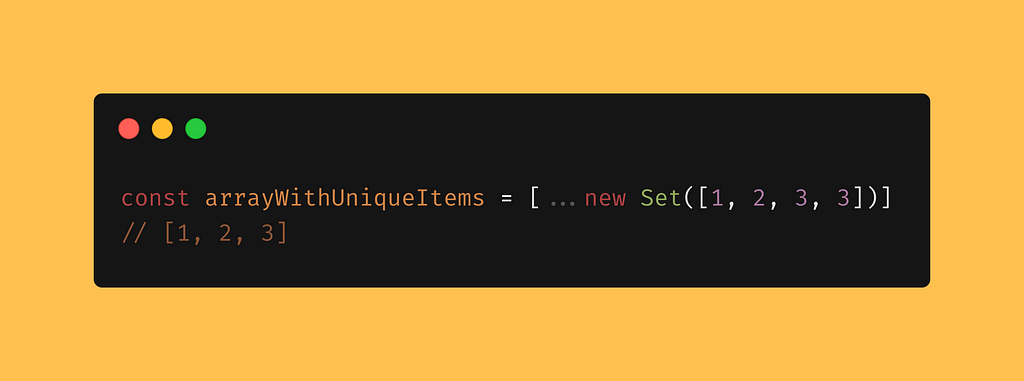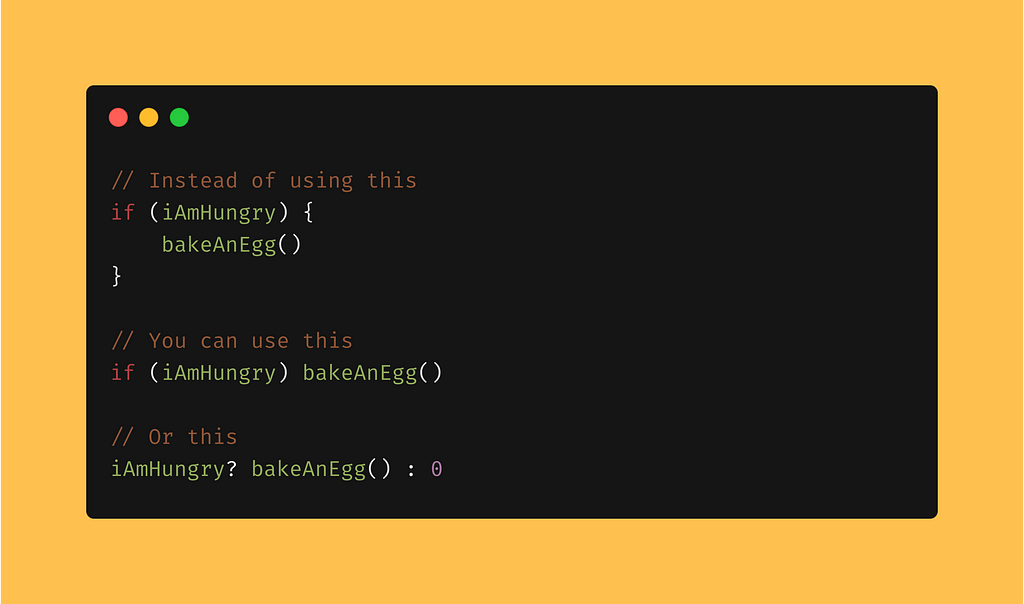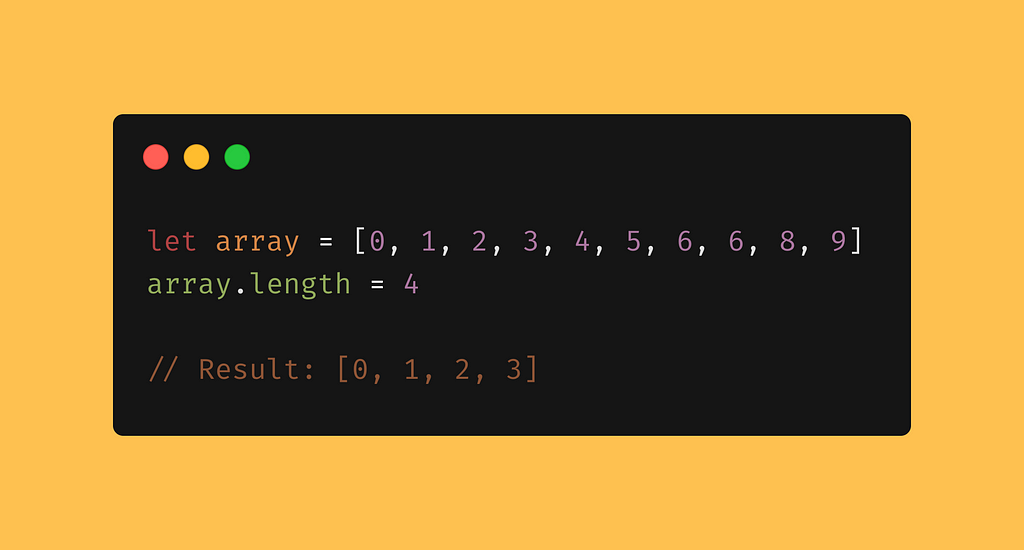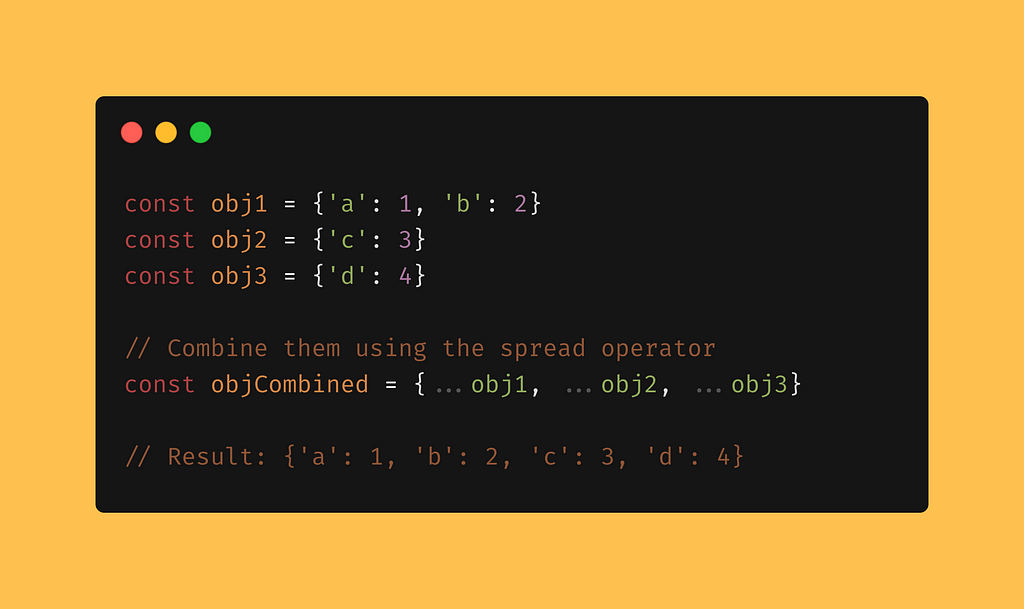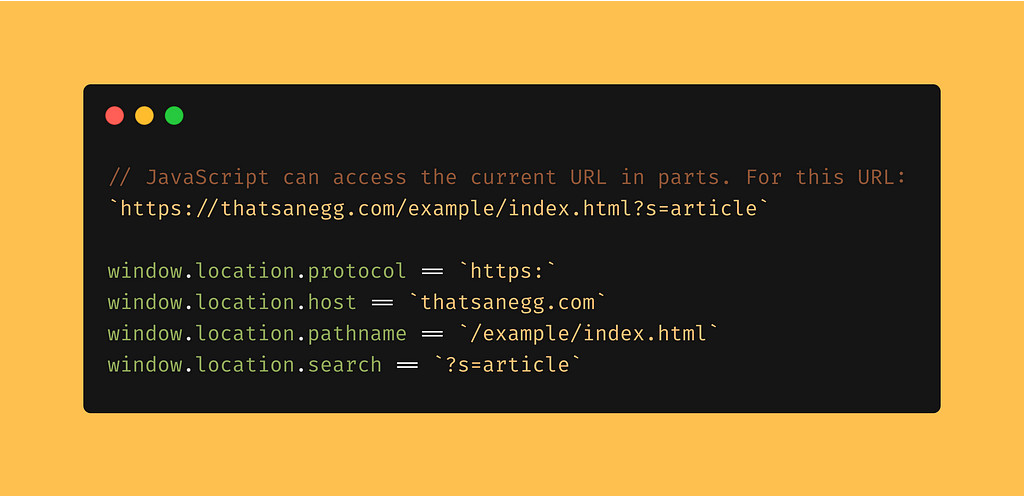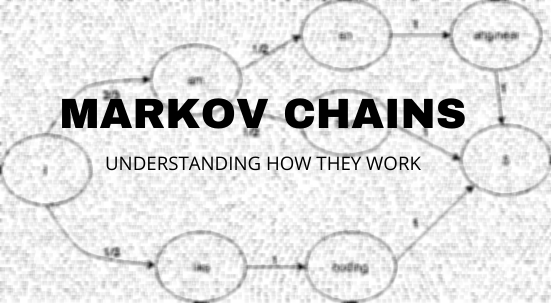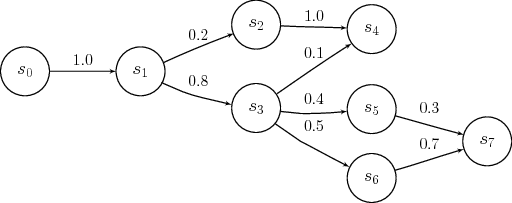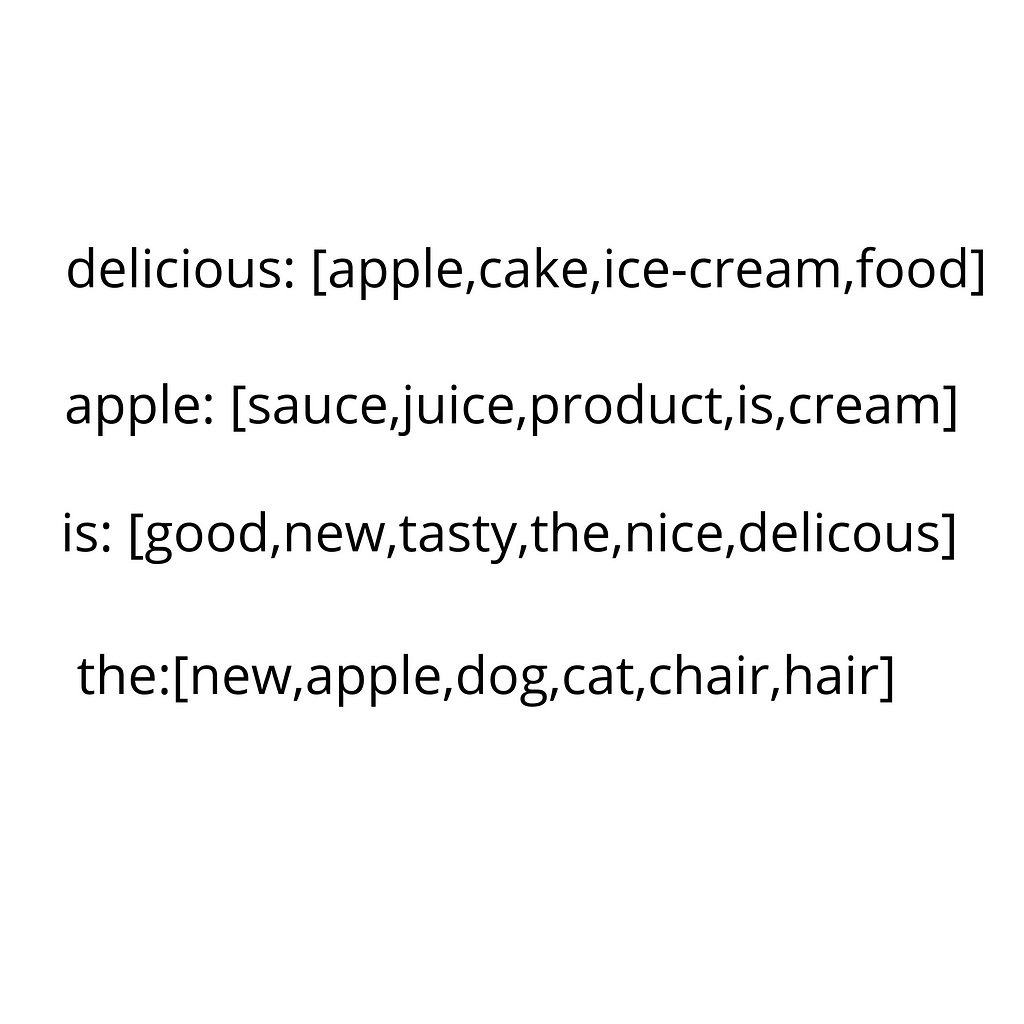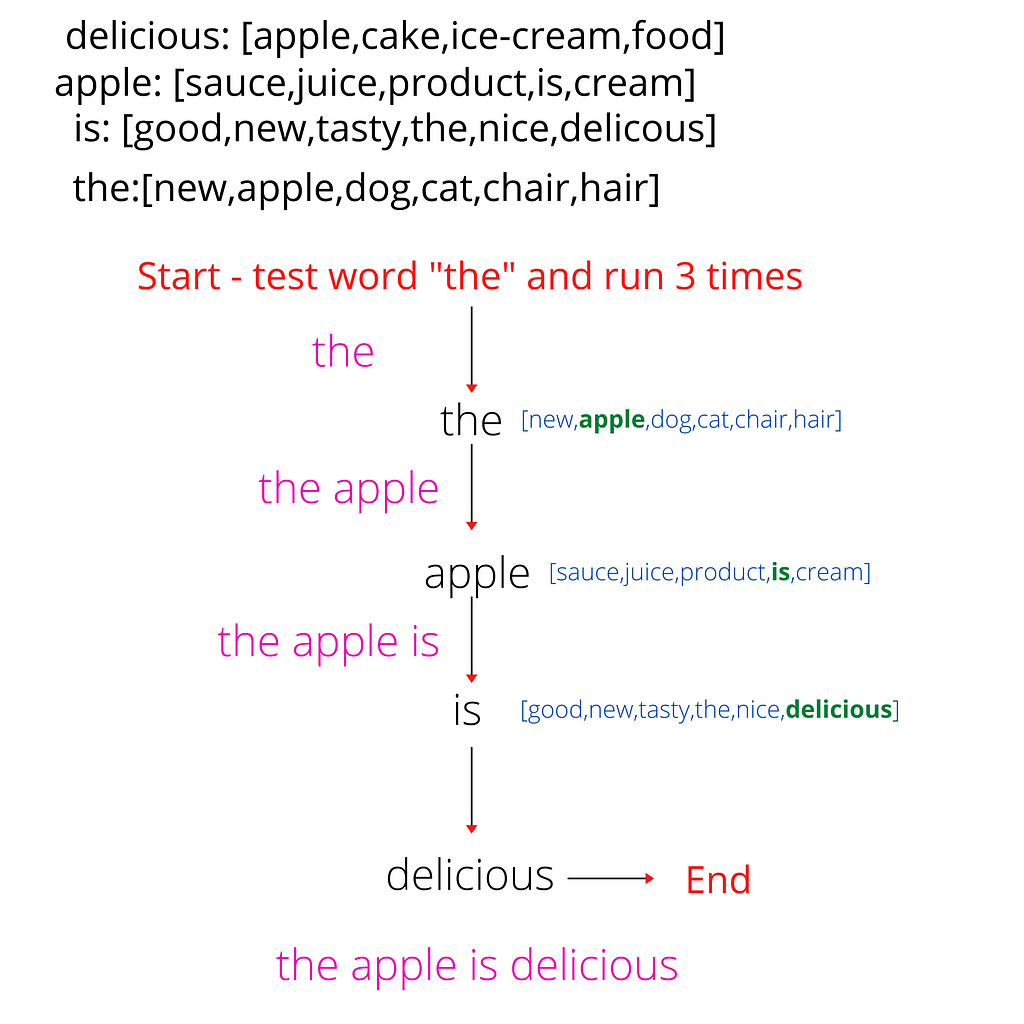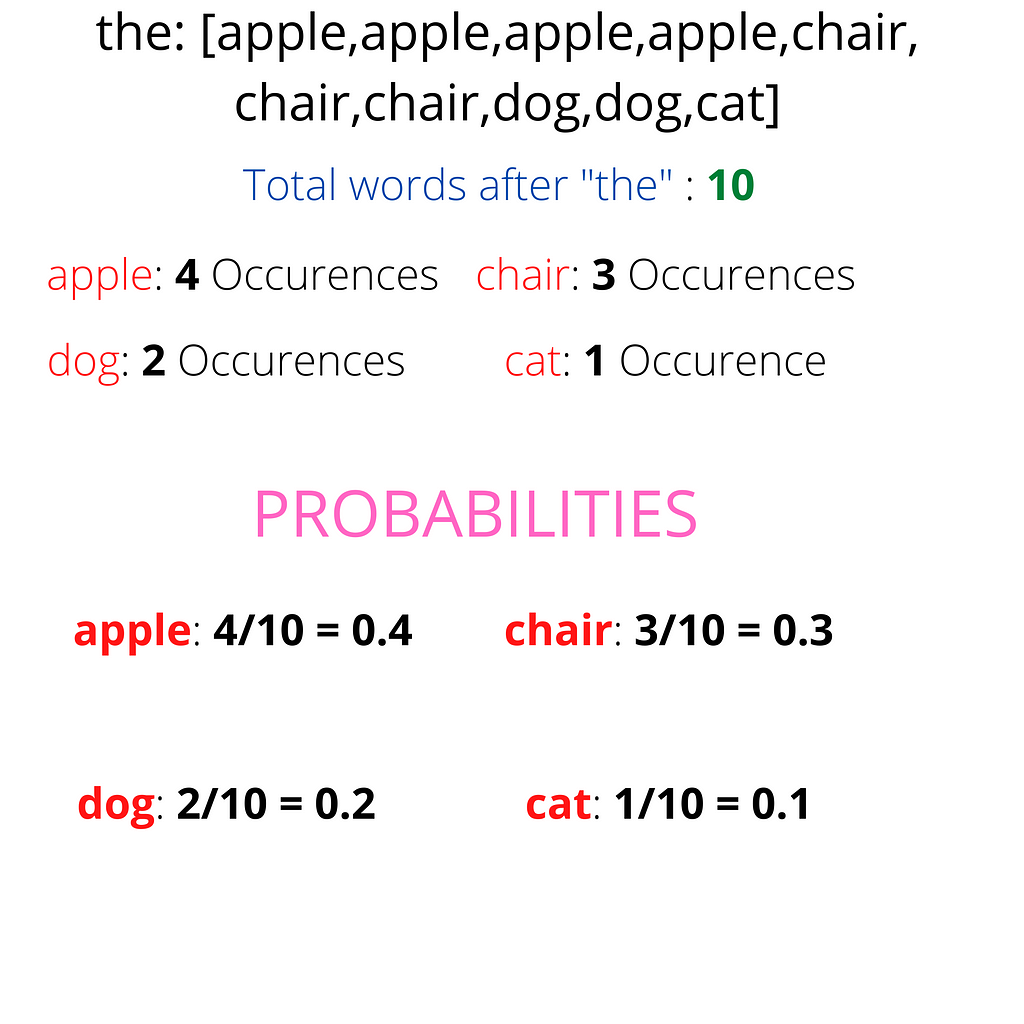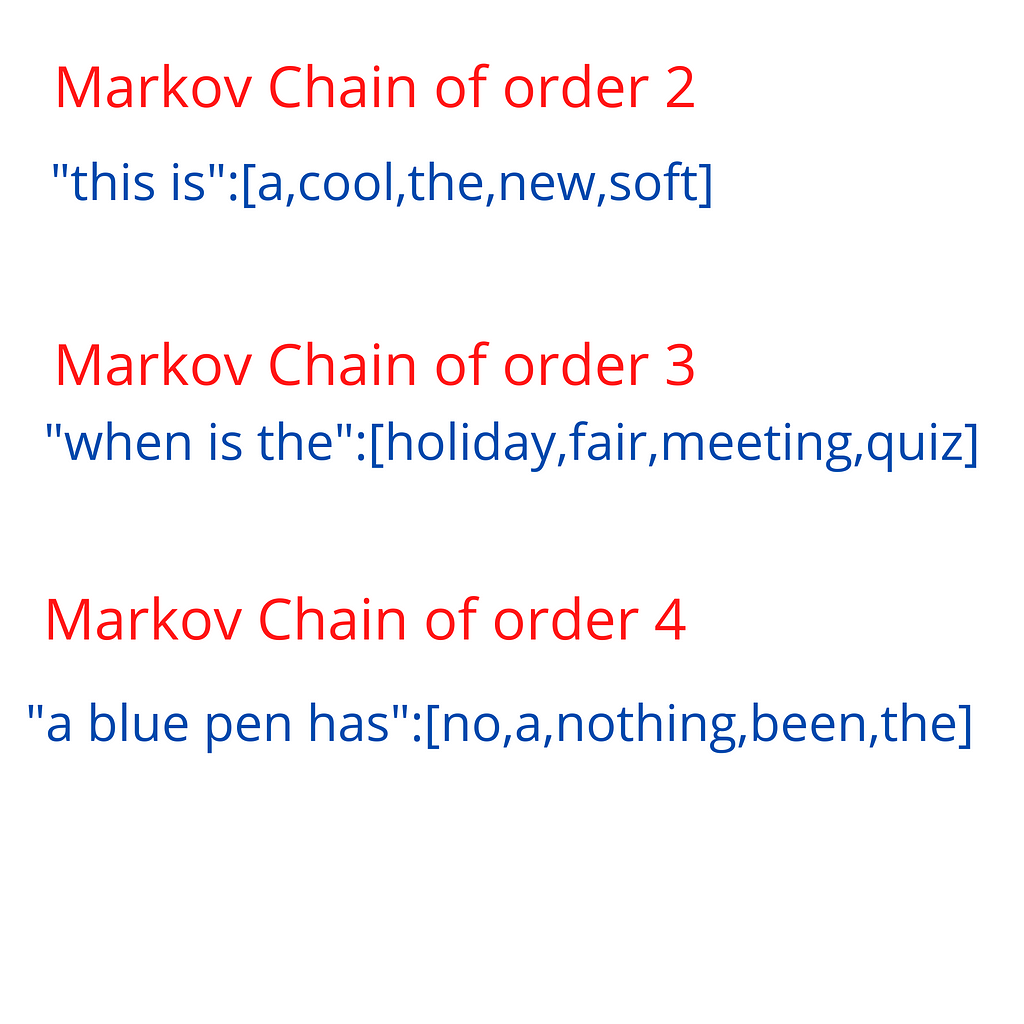Because working full-time is a recipe for disaster.

We’re living in a very interesting time. New inventions are being created. New jobs and lifestyles become possible. The very definition of the word “work” changes.
A month ago, I argued that the job of the future is content creation.
It’s true.
Something similar happened when we switched from physical labor employment to intellectual labor.
About one hundred years ago, we stopped going to factories and started working in offices. We didn’t need that much physical labor anymore because most of it was automated. Intellectual work and the post-industrial economy soared.
Now, we’re in a new transition. There are almost eight billion people on this planet — and while there is still a large percentage of those who don’t have access to the internet (about half, to be exact) — the western, developed world just doesn’t need that many employees.
This is what the 2008 real estate crisis showed us. There were many layoffs, but most of them didn’t recover. Why? The CEOs were secretly happy that they had to fire all those people. The brutal truth is that they just didn’t need them.
This COVID crisis also showed us just that.
Most employees were either forced to work from home or go on a three-month-long vacation. The world economy tanked for a bit (then recovered to all-time-highs), but not because all those people couldn’t work — but because most offline businesses had to shut down.
There was less demand for products and services.
That last point is crucial.
What many people still don’t realize is that we live in a “demand-driven” economy. In this economy, bitcoin grows not because it’s backed by some incredible asset (it’s not backed by anything), but simply because it grows. It grows because people buy it. And when people see that it grows, they buy some more of it. The rest of the economy is built in a similar way.
The whole world economy revolves around the demand of 1% of the global population.
And because the population grows (especially fast in the developed countries), you have demand that’s accelerating.
More demand = more opportunities for business. And less need for work. In the conventional sense, at least.
This is where global concepts clash with personal demands.
“But how do I feed myself then, if nobody needs my work?” you might ask.
I am glad you did.
You have three choices.
Choices 1–2: you can enter one of the two economies:
- The ‘gig economy’. And sell your time working as a freelancer on UpWork or an Uber driver. So far, this is the easiest and fastest way to make cash.
- The ‘passion economy’. And make money by being who you are. Unlike freelancers who sell their time, your main asset is not time — but your audience. This calls for another post, so I won’t go into much detail here. (This is also the subject of my weekly newsletter which you can join here.)
Choice 3: become an entrepreneur and distribute value in some other way — mainly by organizing people from the ‘gig economy’ to create something that has demand from consumers.
And while yes, most people are still working as full-time employees, the old concept of “career” is becoming quickly obsolete — much like the estates and ranks of the medieval ages.
In the next decade or two, we’ll see that these three choices are all you’ve got.
You’re probably not surprised to see the words “gig economy” — as it existed for quite some time. After the COVID pandemic ceases, we’ll see more of it booming, as ex-employees go freelance. You’re also probably not surprised to see entrepreneurship in this, as the media is full of stories of new-born small business owners. Both of these choices are the by-product of our demand-driven economy.
But the words ‘passion economy’ are probably new to you.
That’s because this economy is new, the youngest of the three. It’s nevertheless quite real.
There is a guy who lives on a farm and feeds his animals. Just twenty years ago, he’d be considered as a slacker and hermit. Today he’s a YouTuber, making more than $100K/yr from Patreon subscriptions.
There are writers on this platform without college degrees who work two hours per day and make the same amount of money as someone who went to an Ivy League school and busted their asses off climbing the career ladder.
This economy — whether you call it ‘creative economy’ or ‘passion economy’ or plain-old ‘influencers’ — existed for a decade. It started off with pioneers and legends like Casey Neistat, Joe Rogan, Tim Ferriss, the Kardashians, and others — but now it’s becoming mainstream.
Today we see more and more people making not millions — but solid full-time incomes by just being themselves.
In a way, we’re going back to the roots: some 80,000 years ago, our ancestors spent 99.9% of the time scratching their dicks, and at night they told stories by the campfire.
Now we’re circling back. As the world becomes safer, the population grows, demand grows, more people become redundant and conventional work becomes obsolete, we’ll see a whole new class of professions created, which will allow humans to tell stories for a living.
What else should they do?
Hans Moravec wrote, “In time, almost all humans may work to amuse other humans, while robots run competitive primary industries, like food production and manufacturing.”
We’re accustomed to thinking of such prophecies as sci-fi or things of the distant future, which we might not live to see.
But it’s already here.
Take me, for example. I am 22. If I was born just ten years earlier, I would have been miserable and without a job. Or I would have worked as a journalist for a shitty Russian newspaper, and that’s all. My skills, desires, ambitions would have been unnecessary.
Today though, because we have platforms like Medium, YouTube, Spotify — I can go straight to creating art for a living. I don’t have to take on a “day job” (a term coined in the twentieth century by struggling musicians), I can get paid the instant I create something valuable, interesting, new.
Not only careers become obsolete, but degrees themselves too. It used to be that a degree was a platform. It was something that gave people opportunities: to find like-minded people, to have credibility, to be seen, and hired. Today it’s nothing. When people ask me where I went to college, I usually reply, “Babson”, although I never finished school, and nobody cares.
But this doesn’t mean you don’t need a platform. It just changed form.
The platform of this day and age is the audience. Your people. Network. Its trust.
And just like a good college degree, it can give you a brand, credibility, and — what’s more important — community. You can have $0 in the bank, but if you have an engaged audience that trusts you — you’ll survive.
They say in Medium’s curation guidelines that every article should have a strong CTA (call-to-action) at the end. So here’s mine.
If there’s one thing you take away from this thought piece, let it be this: the world has changed.
You don’t have to live by the old rules. Don’t listen to your parents and don’t trust people over 35 — most of them don’t know what they’re talking about — they were born and raised in another world.
You have three economies to choose from. Working in an office full-time is not one of them — and is a recipe for disaster over the long-term (although now it might be a lucrative option).
But most importantly, what this new world has brought us is power — the ability to choose.
So choose yourself.
The Job of the Future Is Content Creation
Soon We’ll Be Creating Content For a Living was originally published in The Startup on Medium, where people are continuing the conversation by highlighting and responding to this story.
from The Startup – Medium https://medium.com/swlh/soon-well-be-creating-content-for-a-living-b7afdb942f39?source=rss—-f5af2b715248—4


